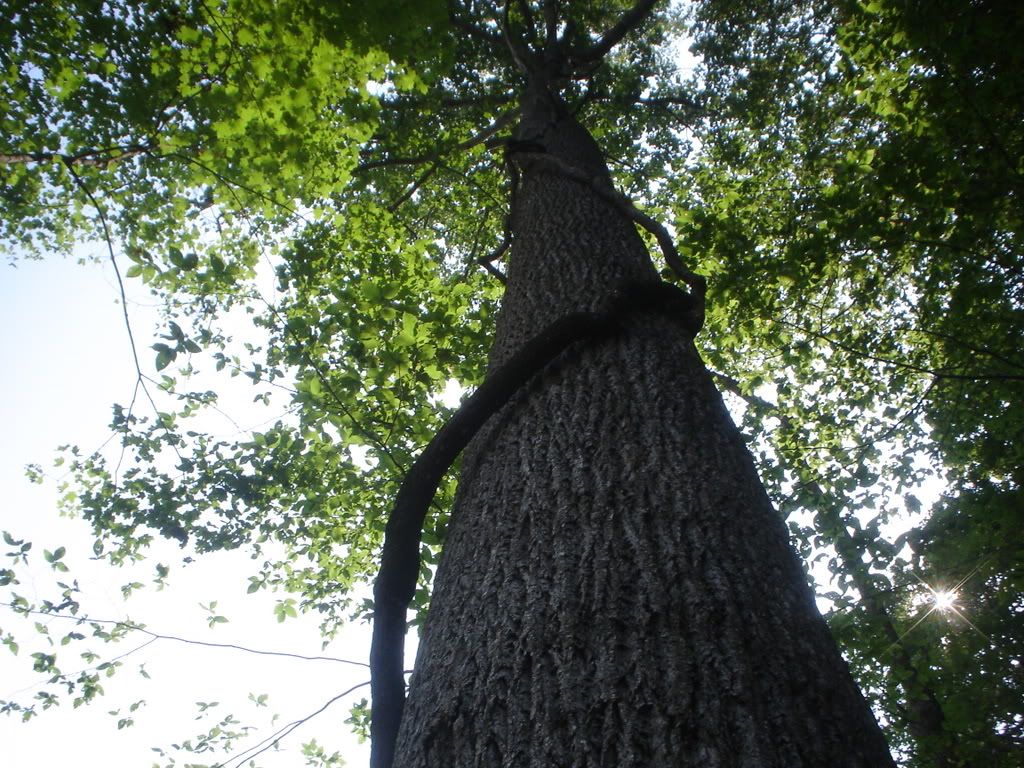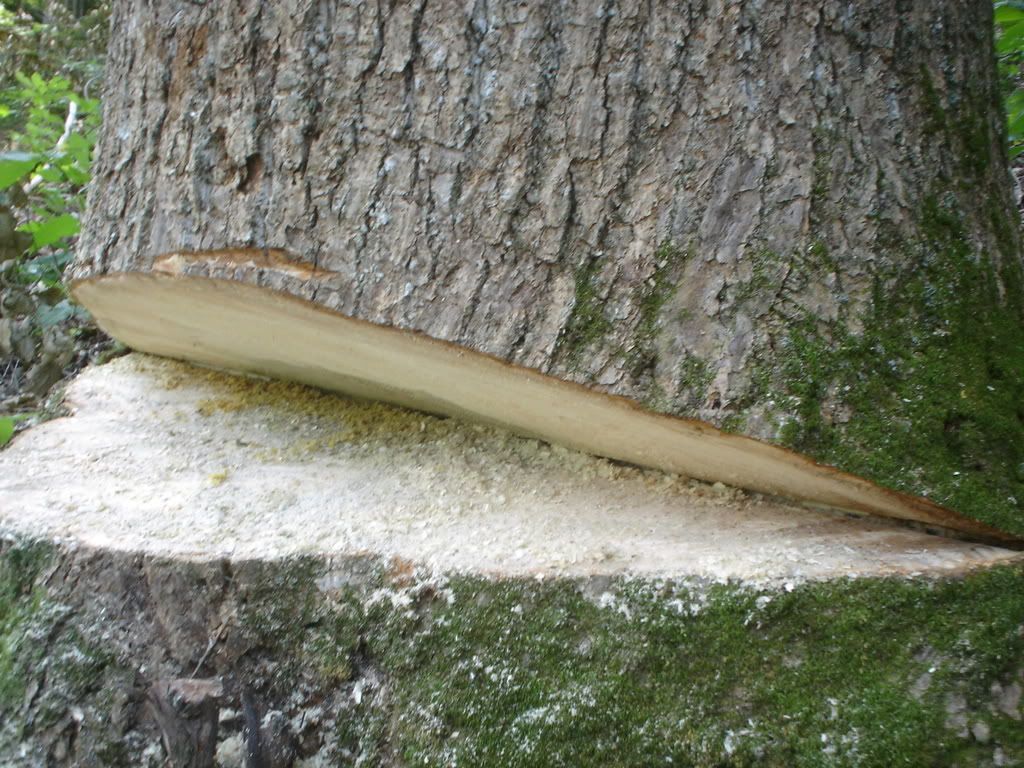Poplar Identification
Without a picture several tree species are called poplars in different parts of the country. The good news is that they are fairly easy to tell apart. One is valuable as lumber, the other two are used as lumber locally but not as a prominent wood in the lumber business.
Tulip Tree or yellow poplar (I have heard both used) is a very tall prominent tree in the southeast, widely used for cabinet interiors. I have seen it planted across the US, but is natural in the southeast and is highly valued for veneer and hardwood. The leaves are broad, and in general (when viewed from the leaf stem form a t with the top of the "t" attached to the stem. The scientific name is Liriodendron tulipifera. The tree can reach 150 feet tall and up to 7 feet in diameter. Typically they grow with nice straight tall boles (trunks) that are clear for many feet up (I have seen 100 feet clear).
The other one is a tall tree often planted and escaped which is very tall, has little branching outward used in windbreaks, etc. Lombardy poplar wood is hard, much harder than the yellow poplar and is very different in appearance standing. The leaf is simple delta shaped with a serrated margin like a hand saw teeth. Commonly planted in windbreaks in the west, it is a short lived tree. This one has branches all over but they all point up and are not large. In general the tree is tall and not branching out, hence its use in windbreaks.
Cottonwoods are another one that can be called a poplar, depending upon the location and local names. I have heard them called poplar's by locals in some parts of the US. These also have a serrated margin leaf and are delta shaped. These trees have broad crowns, lots of lateral branches that can get large. In the western US, these trees often grow near water and are a sign of underground water in many places.
A picture would make it much easier to help identify the trees.



























































